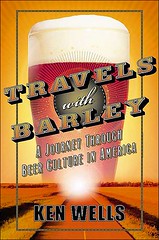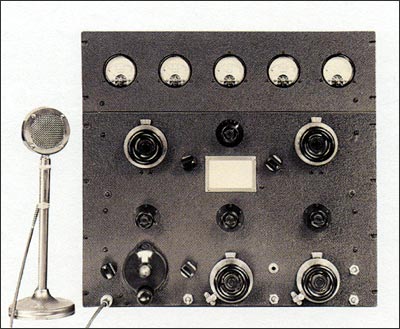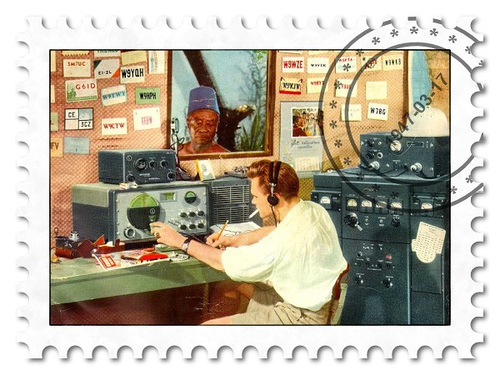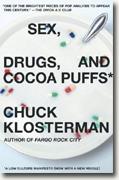Read part 1 of the review here
This was a book I hated to finish reading. Chapters 9 – 12 are full of amateur radio’s involvement in aviation, sea journeys, and the exploration of the polar regions. There is great coverage of the private schooner Yankee, which sailed around-the-world with a crew made up of college age young men and stops included the Galapagos Islands, Easter Island, Pitcairn (a fascinating story there), Manga, and Tahiti. Alan Eurich, W8IGO, worked the onboard rig and was an invaluable member of the crew. Chapter 10 talks about an amazing air race between Oakland, CA and Hawaii – amateur radio played a key role in tracking the planes and providing help. Anne Morrow Lindbergh operated a rig when flying with her husband, making contacts with many amateurs. The most interesting of the Antarctica explorations involved radio operator Sidney Jeffryes who’s isolation and resulting insanity jeopardized the mission… sending crazed reports back to Australia via Macquarie Island. Almost all the major polar expeditions used radio. QST covered almost all these adventures, sparking the imagination of young hams back home.

Chapter 13 covers amateur radio’s involvement in supporting emergency and disaster response. Flooding, hurricanes, and fire – hams responded and used their radios to help the authorities organize their efforts as well as to pass health and welfare traffic. The forest service was also instrumental in the development of portable radio with the help of dedicated amateurs.

Chapters 14 and 15 cover the neutrality period prior to WWII, WWII itself, and the early post-war years.
QST encouraged those hams enlisting in the service to bring along their FCC license and push to be placed in a signal organization to take advantage of their skills.
The World of Ham Radio, 1901-1950: A Social History is a great book, well written, entertaining, and enlightening as to the roots of amateur radio in the US. I highly recommend this book to anyone who is interested in the history of ham radio and the individual hams who have contributed so much in the early years.









 – Also working on my CW skills. It is slow going, but it feels great when I can actually get solid copy on a real QSO.
– Also working on my CW skills. It is slow going, but it feels great when I can actually get solid copy on a real QSO.
 This is the first book I’m reading on my
This is the first book I’m reading on my  Author Danny Gregory went to a flea market and found a ring binder containing 369 colorful and cryptic-looking postcards. Intrigued, he bought the collection and did some investigating. These cards were ham radio QSL cards, which are postcards that hams send to one another after they make contact over the airwaves. This particular collection once belonged to a man named Jerry Powell, an aeronautical engineer who died at age 93 in 2000. Jerry was a lifelong ham radio enthusiast his earliest QSL card is from 1928. Hello World: A Life in Ham Radio won’t teach you how to become a ham, or show you new ham radio techniques. Its not a technical book at all. Instead, this book is about Jerry Powells life as seen through his lifelong hobby, and its a compelling and absorbing read, even for readers who aren’t hams. All QSL cards are unique. They feature the call sign for a radio station, and includes cryptic notes on the conversation, the kind of radio equipment used in this connection, and little personal touches that reflect the ham’s personality. Each QSL card is either made by or for the ham, and it’s very much like a picture postcard from that region. Some cards look like regular tourist postcards, and others are hand-drawn, or feature photos of the ham with family or, more commonly, in their radio shack.
Author Danny Gregory went to a flea market and found a ring binder containing 369 colorful and cryptic-looking postcards. Intrigued, he bought the collection and did some investigating. These cards were ham radio QSL cards, which are postcards that hams send to one another after they make contact over the airwaves. This particular collection once belonged to a man named Jerry Powell, an aeronautical engineer who died at age 93 in 2000. Jerry was a lifelong ham radio enthusiast his earliest QSL card is from 1928. Hello World: A Life in Ham Radio won’t teach you how to become a ham, or show you new ham radio techniques. Its not a technical book at all. Instead, this book is about Jerry Powells life as seen through his lifelong hobby, and its a compelling and absorbing read, even for readers who aren’t hams. All QSL cards are unique. They feature the call sign for a radio station, and includes cryptic notes on the conversation, the kind of radio equipment used in this connection, and little personal touches that reflect the ham’s personality. Each QSL card is either made by or for the ham, and it’s very much like a picture postcard from that region. Some cards look like regular tourist postcards, and others are hand-drawn, or feature photos of the ham with family or, more commonly, in their radio shack.
 My latest dabblings in Linux prompted me to dig out my copy of Neal Stephenson’s “In the Beginning… was the Command Line” – it’s a wonderful read:
My latest dabblings in Linux prompted me to dig out my copy of Neal Stephenson’s “In the Beginning… was the Command Line” – it’s a wonderful read: David F. Mangels, AC6WO, SK (Mar 29, 2006) — Author and Amateur Radio instructor Dave Mangels, AC6WO, of Temple City, California, died March 24. He was 63. An ARRL member, instructor and volunteer examiner, Mangels taught Amateur Radio licensing classes for a fee at the Technician, General and Amateur Extra levels. In 2001, CQ Communications published his book The Mobile DXer–Your Practical Guide to Successful Mobile DXing. Mangels had 302 DXCC entities confirmed on SSB, no doubt many of them worked while he was operating mobile or portable. Survivors include his wife, Fran, AD6DC, and a son, Gary, AD6CD.
David F. Mangels, AC6WO, SK (Mar 29, 2006) — Author and Amateur Radio instructor Dave Mangels, AC6WO, of Temple City, California, died March 24. He was 63. An ARRL member, instructor and volunteer examiner, Mangels taught Amateur Radio licensing classes for a fee at the Technician, General and Amateur Extra levels. In 2001, CQ Communications published his book The Mobile DXer–Your Practical Guide to Successful Mobile DXing. Mangels had 302 DXCC entities confirmed on SSB, no doubt many of them worked while he was operating mobile or portable. Survivors include his wife, Fran, AD6DC, and a son, Gary, AD6CD.